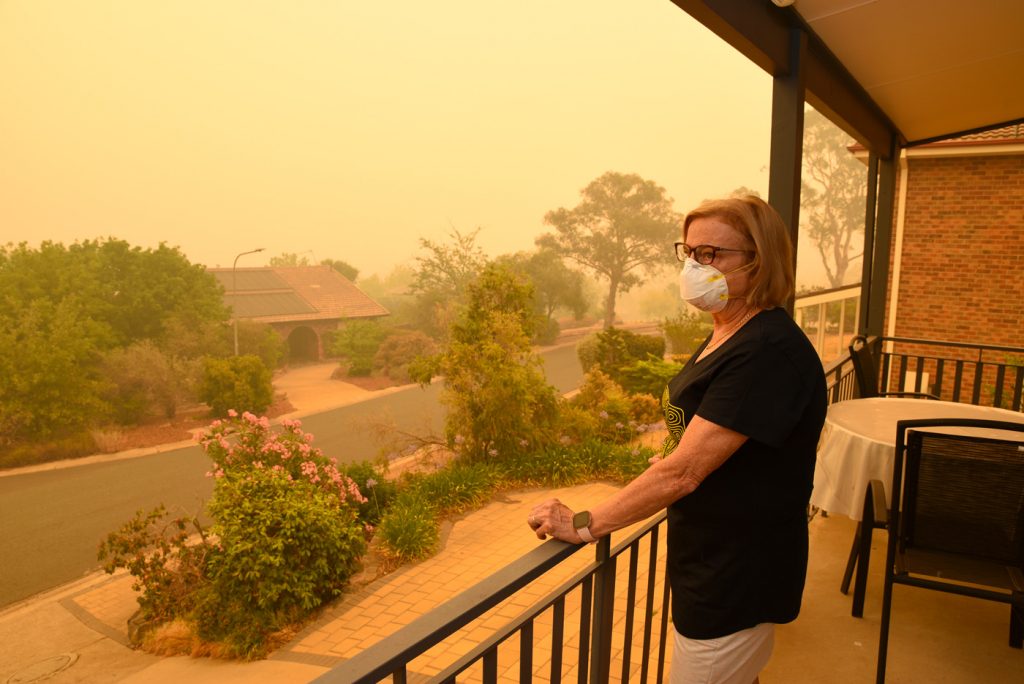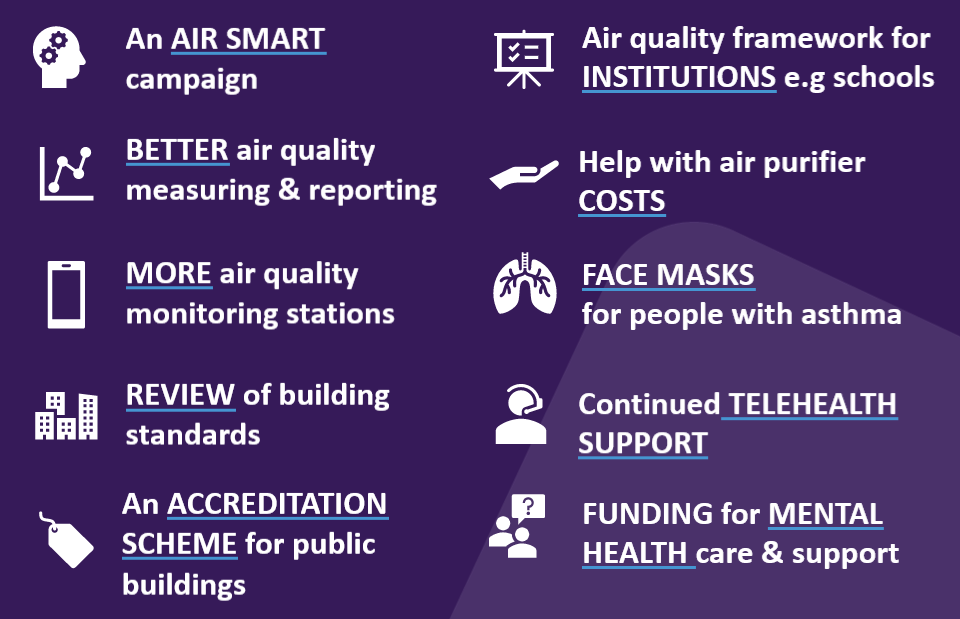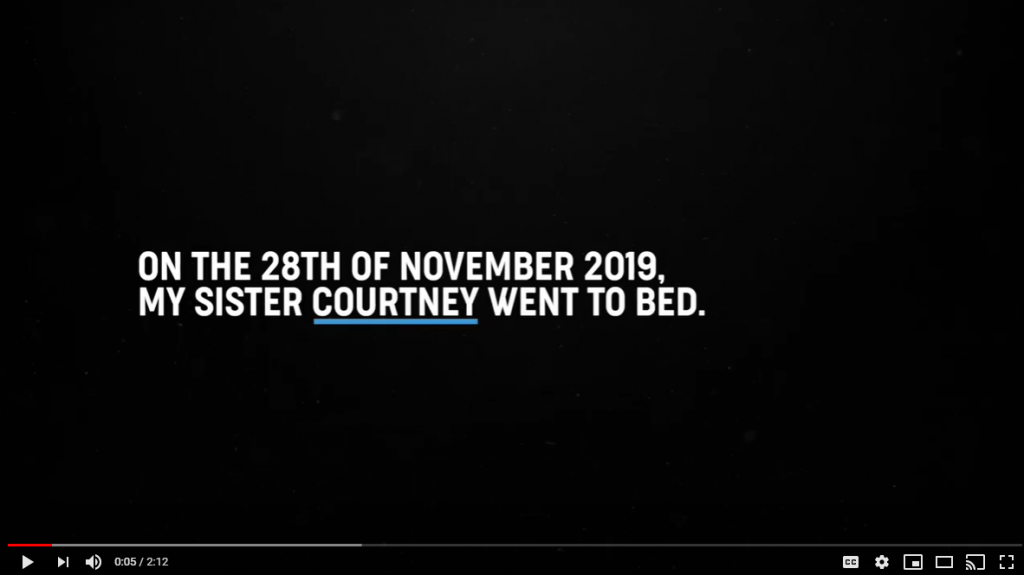The Real Impact: Launch of the Black Summer Bushfires Smoke Impact Survey Results


Between July 2019 and March 2020, Australia experienced an unprecedented number of bushfires known as the Black Summer Bushfires, particularly affecting populations in New South Wales, Queensland, the Australian Capital Territory, Victoria, and South Australia. The bushfire smoke caused a public health emergency, adding to the direct bushfire impacts already felt by communities, which saw major sporting matches, flights, and outdoor events cancelled due to poor air quality.
Some families had their lives turned upside down after losing loved ones to smoke-induced asthma during this unprecedented time in Australia’s history.
Some people are still battling with health impacts.
The question is, how can Australia better protect against bushfire smoke and its impact on health?
Bushfire smoke contains high concentrations of fine particulate matter, which is harmful to human health. The effects of smoke are unevenly distributed across the population, with people with asthma or other chronic conditions, very young children, pregnant women, and the elderly particularly vulnerable to the impacts.
The Partridge-McLennan Family
Cherylleigh Partridge alongside parents Tammy and Chris Partridge-McLennan have endured the greatest loss of all. On the 28th of November 2019, when their community was blanketed in bushfire smoke, the Partridge-McLennan family tragically lost their 19-year-old daughter and sister Courtney to an asthma attack. Through their courage, we will understand and be moved to act.
AIR QUALITY INDEX
At its worst, the smoke resulted in the Air Quality Index reaching more than 25 times the hazardous level in Canberra on the 1st of January 2020. Between November 2019 and January 2020, the Air Quality Index reached greater than 10 times the hazardous rating on multiple occasions in certain areas of Sydney.
Public health
It is estimated the bushfire smoke was responsible for more than 400 deaths, 2,000 respiratory hospitalisations and 1,300 presentations to the Emergency Department for asthma.
Survey Aims and methodology
In response to the unfolding public health emergency caused by poor air quality, Asthma Australia developed and disseminated a survey to give a voice to people with asthma, and the broader community, about their experiences during the prolonged periods of bushfire smoke exposure. It included both quantitative and qualitative questions to provide insights into who was affected and how. The survey was open for six weeks and for anyone to complete, regardless of their asthma status. It was disseminated via Asthma Australia networks and media articles.
Key findings
These six key findings highlight the devastating impact of bushfire smoke on individuals at high risk, and the need for better protection, particularly for vulnerable people.


Recommendations overview


For a quick snapshot of the findings and recommendations view our Smoke Impact Survey Snapshot.
To read the full Smoke Impact Survey Report click here.
If your organisation would like a post-event briefing or to address any further questions regarding the Smoke Impact Survey Report results, please contact Angela Cartwright at research@asthma.org.au
For any media enquiries, please contact our PR Manager Teresa Vella at tvella@asthma.org.au







